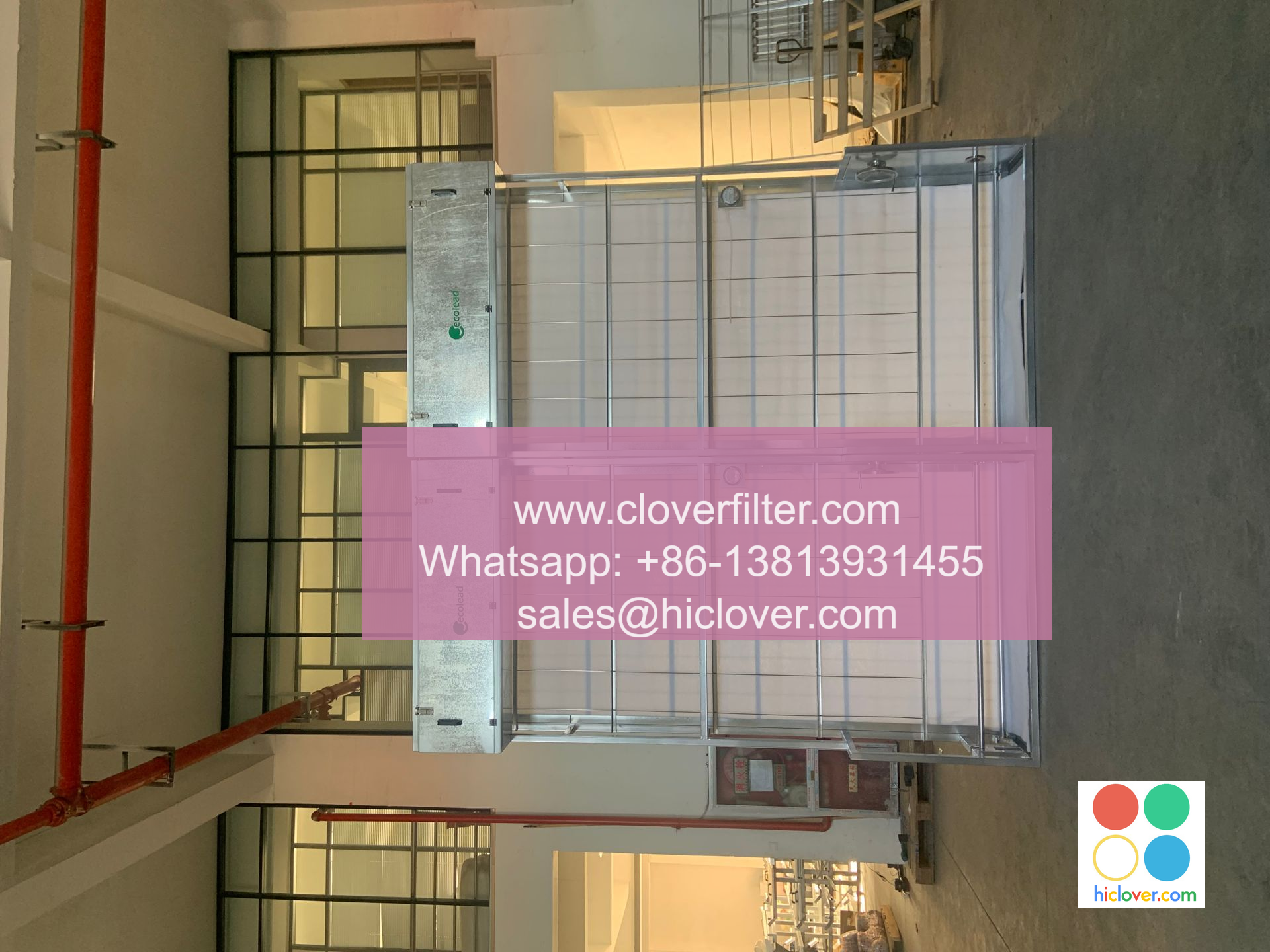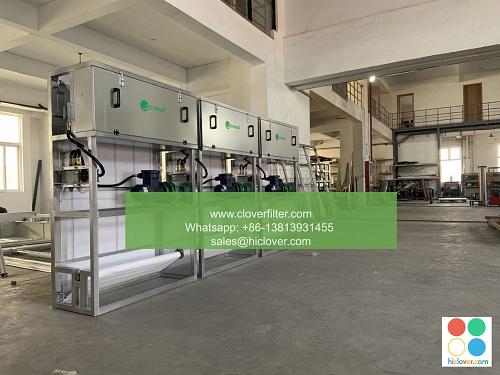The Relationship Between Air Filter Movements and Energy Efficiency

The movement of air filters is a critical component in maintaining indoor air quality and reducing energy consumption. In this article, we will explore the relationship between air filter movements and energy efficiency, highlighting various application areas where this relationship is crucial.
Introduction to Air Filter Movements
Air filter movements refer to the flow of air through filters, which are designed to remove pollutants, allergens, and other particulate matter from the air. The movement of air filters is essential in various applications, including heating, ventilation, and air conditioning (HVAC) systems, air purification systems, and industrial air filtration systems. The efficiency of air filter movements has a direct impact on energy consumption, making it a critical factor in reducing energy costs and promoting sustainability.
Energy Efficiency and Air Filter Movements
The relationship between energy efficiency and air filter movements is complex and multifaceted. High-efficiency air filters can significantly reduce energy consumption by minimizing the pressure drop across the filter, which in turn reduces the energy required to move air through the filter. Conversely, low-efficiency air filters can increase energy consumption by creating a higher pressure drop, which requires more energy to overcome. This highlights the importance of selecting the right air filter for specific applications, taking into account factors such as air flow rates, filter media, and operating conditions.
Application Areas
The relationship between air filter movements and energy efficiency is critical in various application areas, including:
- Residential buildings: where energy-efficient air filters can help reduce energy consumption and lower utility bills.
- Commercial buildings: where high-efficiency air filters can improve indoor air quality and reduce energy costs.
- Industrial facilities: where air filter movements play a critical role in maintaining process control and reducing energy consumption.
- Transportation systems: where air filter movements are essential in maintaining cabin air quality and reducing energy consumption in vehicles.
Key Technologies and Trends
Several key technologies and trends are driving the development of energy-efficient air filter movements, including:
- Nanofiber technology: which enables the creation of high-efficiency air filters with improved filter media.
- Membrane technology: which allows for the development of thin, high-efficiency air filters with low pressure drop.
- Smart air filtration systems: which integrate sensors and controls to optimize air filter movements and energy consumption.
- Sustainable materials: which are being used to develop eco-friendly air filters with reduced environmental impact.
Conclusion
In conclusion, the relationship between air filter movements and energy efficiency is complex and multifaceted. By understanding the factors that influence air filter movements and selecting the right air filter for specific applications, we can promote energy efficiency, reduce energy consumption, and improve indoor air quality. As technology continues to evolve, we can expect to see the development of even more efficient and sustainable air filter solutions, driving innovation and growth in various application areas. You haven’t provided a prompt or question for me to respond to. Please provide more context or information so I can assist you better. What would you like to talk about or ask?

